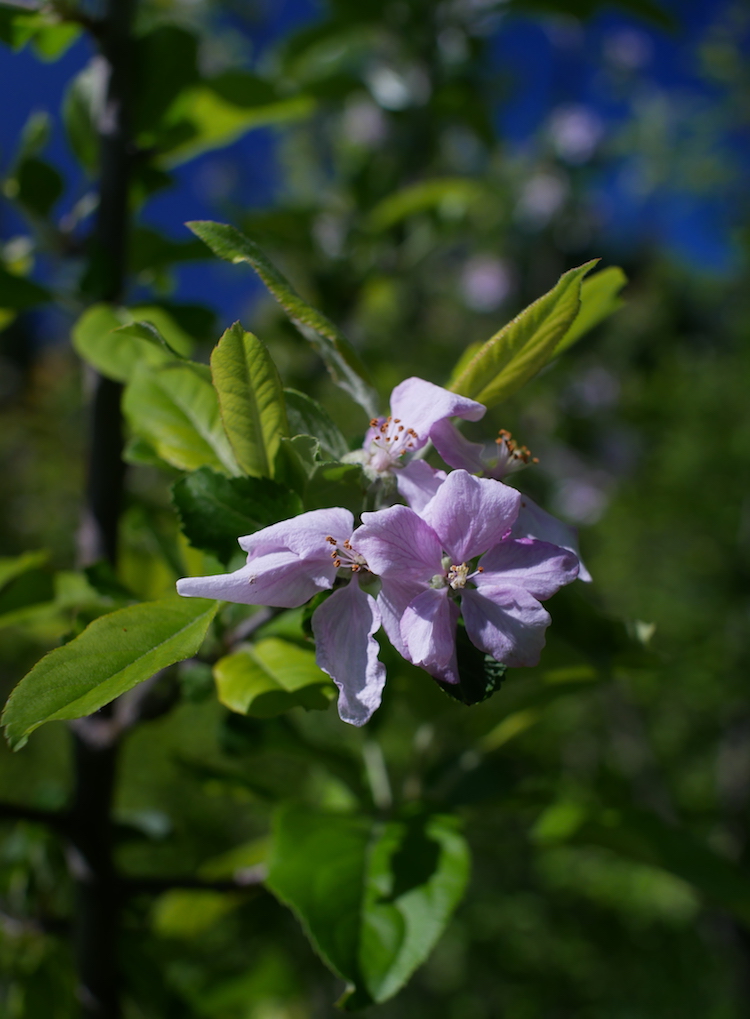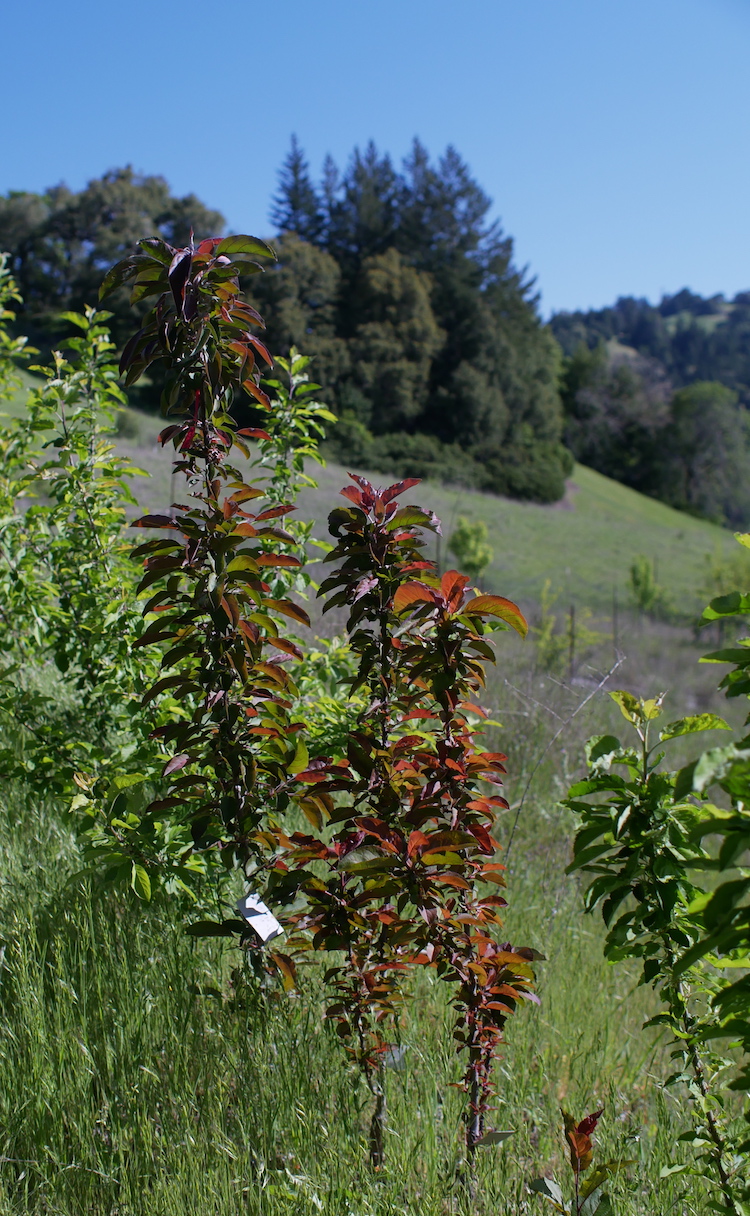Here are a couple of recent videos I did vlogging style, just working on stuff and touring the garden. I want to do more gardening content, since the recent events around COVID 19 virus pandemic should have people thinking about vulnerabilities in our material needs related to the supply stream of industrial goods that keep most of us going. in particular, I think that Self Reliant Gardening (SRG), is an important skill.
It is very different to garden as much as possible with what is free and easily available in your immediate environment than it is to purchase a lot of stuff in. Gardening can not only get expensive when purchasing a lot of fertilizers, starts, seeds, soil mixes and amendments, but if those become expensive, hard to get or just unavailable, it will put a real wrench in the gears of a dependent gardener. Self Reliant Gardeners can take advantage of those resources when needed and available, but we don’t need them.
When I first moved here, I decided to use very little from the outside. I bought oystershell for the acid soil, and the very first year of each bed I used steer manure because it was cheap and I needed something to get beds started right away since I had not even made any compost. After that, for the following 10 years I brought in minimal stuff; just oyster shell and waste coffee grounds from my neighbors and some places in town. For me to switch back now to using no imports is very easy. I have some holes in my game, but mostly related to more advanced seed saving.
Look forward to more gardening content and consider learning to grow some food if you don’t already. You can start small, even a few plants in pots, but the time to learn self reliance skills is definitely not when you suddenly need them. Our communities are ridiculously vulnerable to interruptions in the supply lines. Even in rural areas like mine, the agriculture is not at all geared toward being able to feed the local populace. In case of emergency, we’d have a lot of pot and a lot of wine, but not a lot else! As I’ve said for so long, FOOD NOT BONGS! This is a a very, very bad situation, and we should start living in a direction that begins to remedy it, or it will eventually be a serious problem. It’s not a matter of if, just when. The party is winding down folks. It’s time to invest in our own abilities and resilience, as well as that of our communities.
Stay safe and healthy out there, and plant something in the ground.









